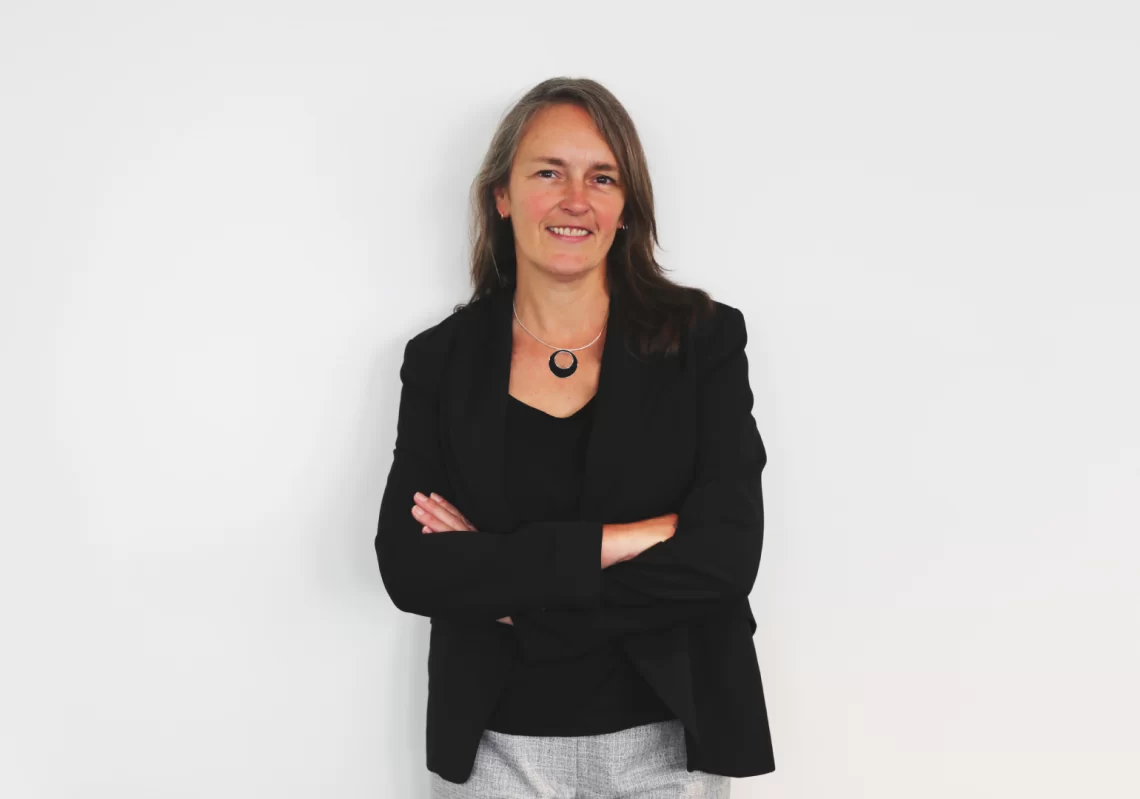A new technology helps engineers to understand the big-picture outcomes of their design decisions.
When landscape architect Dr Robyn Mansfield was working for a local council, she once attended a series of meetings to discuss potential solutions around flooding. The drainage engineering team explained that their infrastructure had reached capacity; no more pipes could be placed underground.
But houses were flooding on a repeating basis, so a new solution was required.
The engineers realised they had to be more creative, so they spoke with Mansfield, now Associate Director at McGregor Coxall, and experts from other disciplines to imagine a new way forward.
“When you’re faced with an issue like that, the normal response is to put another pipe under the ground,” Mansfield told create. “When you can’t, that’s when creativity and innovation are forced. You’re forced to look beyond your disciplinary knowledge.
“If we then start to take over open space, for instance, that takes a service away from the community. So is there a way that you can combine engineering infrastructure and open-space recreational infrastructure in a way that adds amenity and solves the problem of flooding?”
Mansfield recalls thoroughly enjoying these creative, multi-disciplinary meetings.
Today, she is leading a team that is developing a far more sophisticated, but very similar, solution for engineers. It’s one that takes into account limitless disciplines and massive amounts of real-time data, and promises to give engineers an entirely new level of insight into the effects their work will have on various systems.
Technology to help see into the future
“What if, before it gets to the point where you can’t put another pipe under the ground, you can look through multiple systems in real-time and see where problems are going to develop in the future?” Mansfield explained.
“What if you can see that a drainage system is at 70 per cent capacity, for instance, and you’ve got a whole new development going in? How are you going to deal with that infrastructure that is unable to cope with a massive new development, the likes of which we’re seeing on the fringes of our big cities? We’re seeing more and more of these complications coming up.”
The best tool for engineers in such a scenario is one that enables scenario modelling, taking into account other systems that could be affected by, or that could assist or benefit from, the system being discussed.
Mansfield and her team have developed that tool based on the biourbanism model, a systems-based approach to resilience planning for cities, where biological and urban systems and their interrelationships are understood and analysed as ecological constructs.
“We’re using technology to make climate-smart decisions easier and [more] evidence-based, and to simplify decision making,” she said.
“We’re looking at how we bring together data such as geospatial data and human-centred data to provide a lens that looks through multiple systems and understands how those systems connect together, to help decision makers make better decisions for dealing with climate change issues.”
Engineering the very best decisions
The interdisciplinary model of data has been inherently difficult to put together in a way that helps the understanding of implications through multiple lenses, Mansfield said.
The system has to help engineers and other planners and designers understand the broader implications of any action they want to take.
“If you’re looking through multiple systems — [such as] water, socioeconomic data, bushfires, flood modelling, heat mapping, liveability indicators and things like that — if you put them all together, how do you then analyse that data together, rather than looking at it purely as a water problem?
“How do you develop scenario models that show if you make this intervention in this particular area, what will happen further down the track? Are you introducing new hazards as a result of that?
“We can build these decision-making tools from scratch to really understand not only how these things are interconnected, but also what are the implications of any action you want to take.”
With a PhD in sustainable development and degrees in International and community development, disaster design and development, and landscape architecture, Mansfield brings a diverse background in local and state government, consultancy, academia and private practice.
Mansfield is just one of many experts who’ll be in attendance at CSE23. Discover the full line-up and register.



